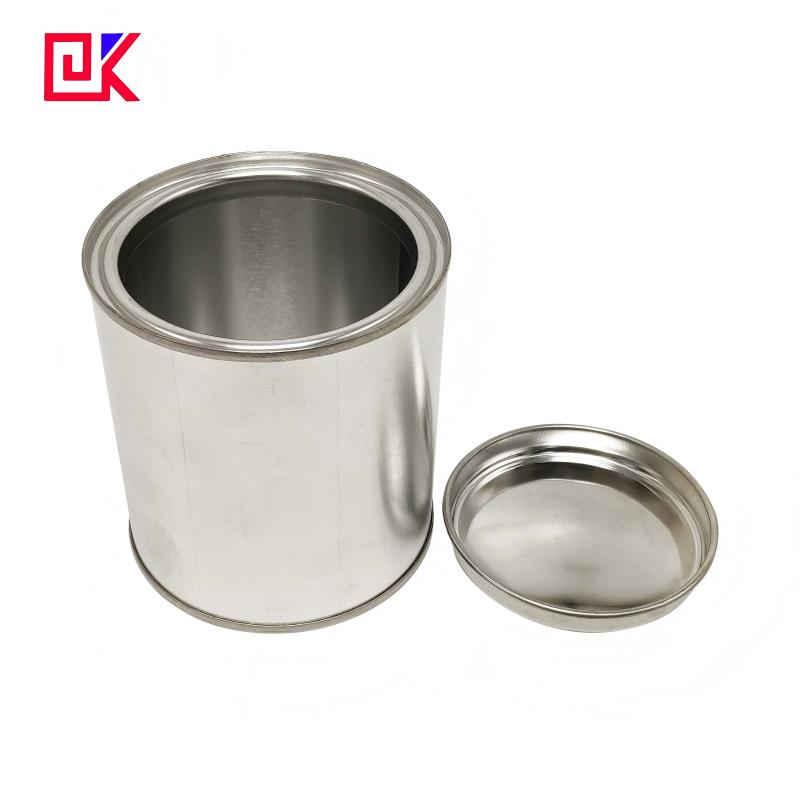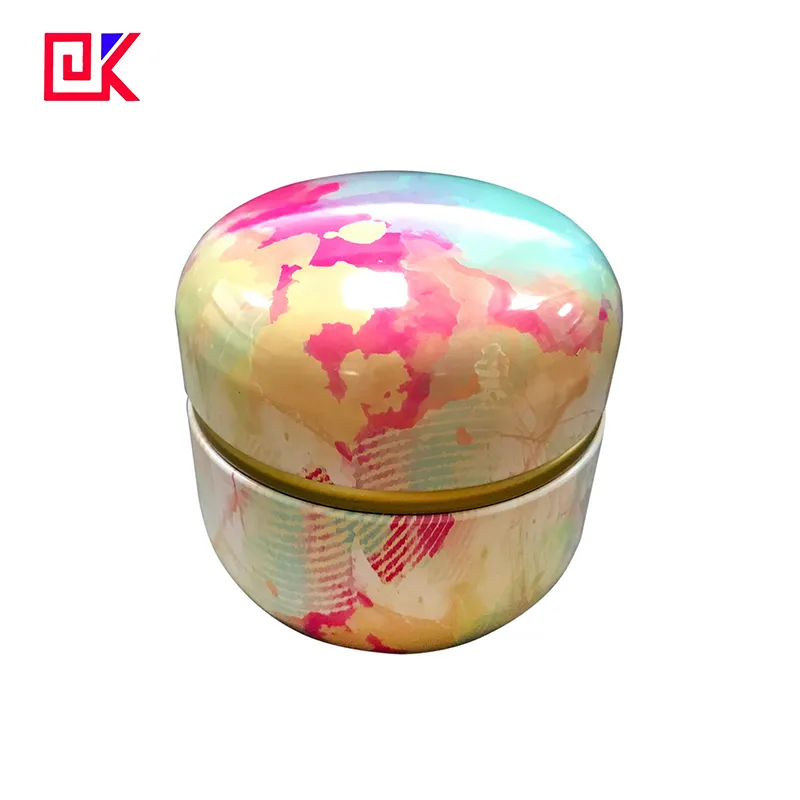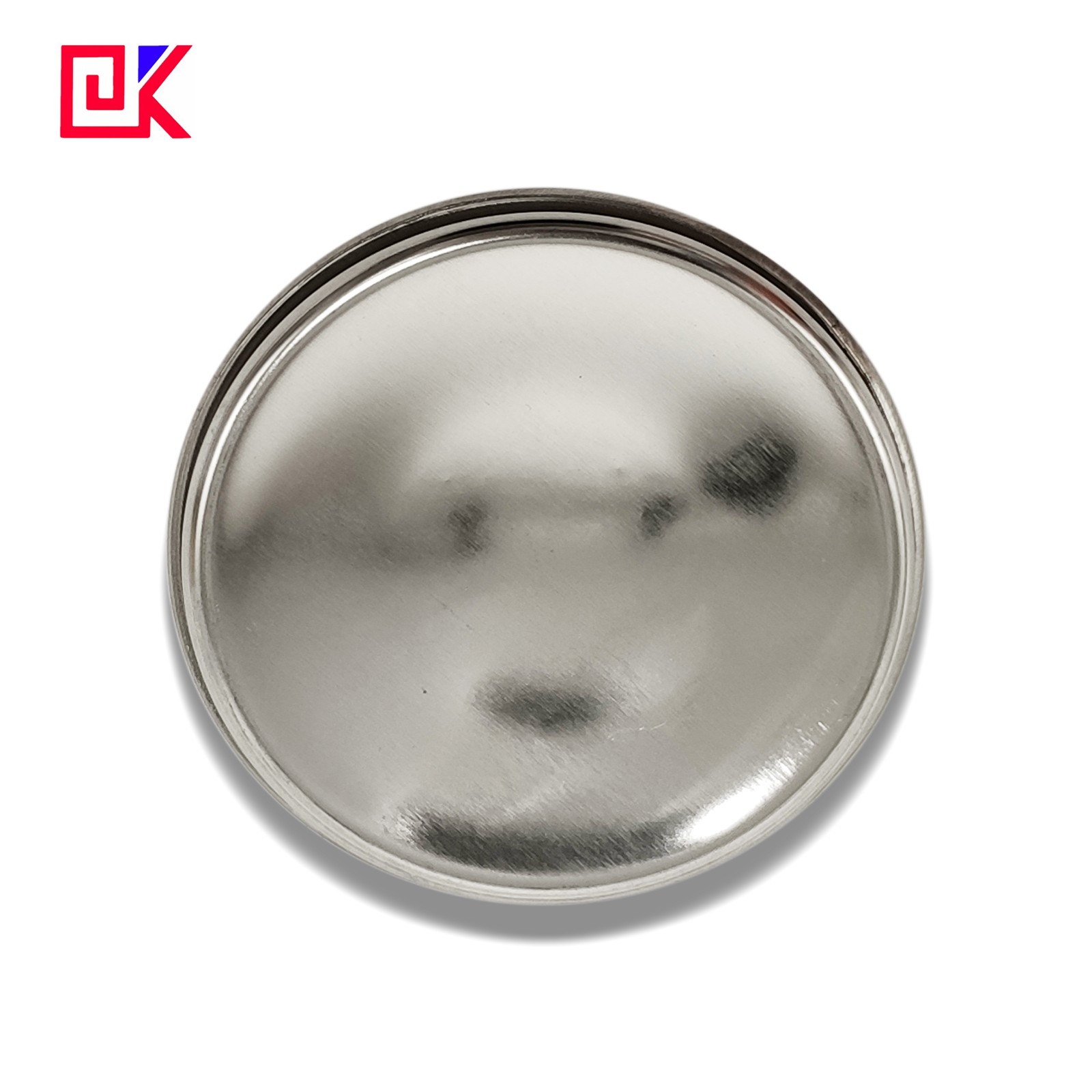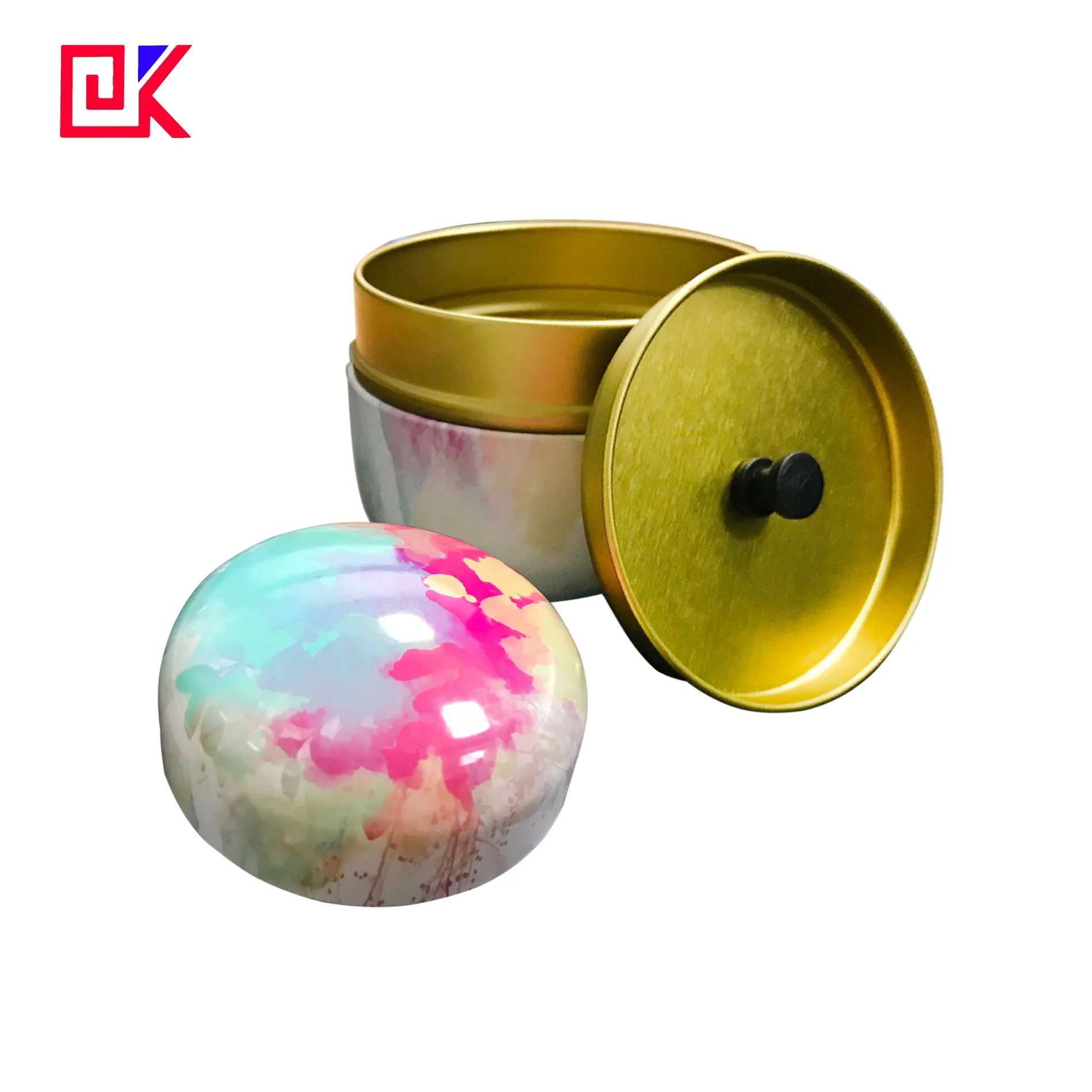Tin is a metal widely used in industry and daily life. In particular, in the production of food and beverage packaging, tin is used to make tinplate cans to provide protection and extend the shelf life of food. Due to its unique properties, tin plays a vital role in the manufacture of tinplate cans.
However, what are the reserves of tin? How much tin is needed in each tinplate can? Through a series of in-depth discussions, this article will reveal the rarity and demand of tin.

Is tin a rare metal?
1. What are the reserves and distribution of tin?
Tin is present in low concentrations in the earth's crust, about 2 to 3 grams per ton of rock, so it is considered one of the rare metals. The main tin ore resources are concentrated in Southeast Asia and South America, among which Malaysia, Indonesia, Myanmar, Bolivia and Peru are particularly rich in tin ore resources, which account for a large share of the global tin supply.
However, due to the environmental and technical challenges faced by tin mining, the mining and refining processes of tin are time-consuming and labor-intensive, which further limits the available amount of tin. In order to ensure the long-term sustainable use of tin resources, countries around the world are gradually strengthening the mining management of tin mines to keep it relatively stable in the supply chain.
2. Is the refining and production process of tin difficult?
The refining and production of tin are not simple. Natural tin ore mostly exists in the form of cassiterite (tin dioxide), which requires smelting and reduction reactions to obtain pure tin. The refining process involves high-temperature heating and multi-step chemical treatment to make the purity of tin reach industrial-grade requirements, which places high demands on refining equipment and environmental conditions.
During the refining process, impurities such as iron and calcium in tin ore also need to be further removed to avoid affecting the quality of the final product. Due to the complexity of smelting technology, the cost of tin refining process is high and there is a certain degree of pollution to the environment, so the output of tin is difficult to increase significantly with demand.
3. Is tin widely used?
The application range of tin is very wide, covering packaging, electronics, automobiles, construction and other industries. In the field of packaging, tin is mainly used to make the coating of tinplate cans to improve the corrosion resistance of packaging. In the electronics sector, tin is widely used in welding materials and circuit boards, while its alloy properties are also widely utilized in the construction and automotive industries.
The versatility of tin makes it one of the indispensable metals for modern industry. However, the scarcity of tin, coupled with its wide range of applications, leads to its high demand in the supply chain, which is also the reason why the price of tin is relatively stable and expensive in the market.

How much tin is needed for a tinplate can?
1. What is the structure of tinplate cans?
A typical tinplate can consists of a thin steel plate and a tin coating. The steel plate provides the structural strength of the can body, while the tin coating provides protection for the food or beverage, preventing the steel from corroding due to oxidation or other chemical reactions. The tin coating is usually very thin, generally between 1 and 2 microns thick, but it is enough to play a protective role.
The amount of tin used in a standard tinplate can depends on its volume and the thickness of the coating. Typically, about 1 to 2 grams of tin are required per square meter of tinplate, which means that an ordinary food can does not require much tin, but its role is irreplaceable.
2. Why do we need to tinplate steel?
The main reason for tinplate steel is to prevent oxidation of steel. Tin is chemically relatively stable and has strong corrosion resistance. Tinplate steel not only prevents oxidation, but also effectively resists corrosion of steel in acidic and alkaline environments. This feature makes tinplate cans popular in food packaging, especially acidic foods (such as ketchup, canned fruit, etc.), which are not easy to cause chemical reactions during storage.
In addition, the tin coating can also remain stable during high-temperature treatment (such as sterilization), ensuring that the cans are not easy to corrode under long-term storage. This also explains why tinplating is an essential step in the manufacture of tinplate cans.
3. How much tin does a ton of tinplate contain?
If we calculate that 1 to 2 grams of tin are needed per square meter of tinplate, a ton of tinplate requires about 1 to 2 kilograms of tin. Although the amount of tin used is relatively small, considering the large global demand for tinplate cans, this value is still very considerable when accumulated in the industry. Therefore, although the tin coating is extremely thin, the demand for tin in the tinplate industry cannot be underestimated.

Can tin coating be replaced?
1. Are there other metals that can replace tin?
The application of tin in tinplate cans is mainly due to its strong chemical stability and excellent corrosion resistance. However, finding alternative materials has always been a topic of concern in the industry. Metals such as zinc, aluminum and nickel have certain anti-corrosion capabilities, but their chemical activity is strong. Their application in food cans may cause health hazards, and the coating is not easy to evenly cover the steel plate, making it difficult to achieve the effect of tin.
At the same time, the replacement of food packaging materials needs to meet strict safety standards, especially in the process of contact with food, no harmful substances should be released. Therefore, there is currently no material that can completely replace tin and is widely used.
2. Does environmental protection requirements affect the use of tin?
With the improvement of environmental protection requirements, the use of tin also faces certain challenges. Tin mining and smelting processes will have a certain impact on the environment. Therefore, reducing the amount of tin or exploring environmentally friendly alternative materials has become a trend. However, the importance of tin in food safety makes it difficult to achieve environmentally friendly alternatives overnight.
In addition, the recycling of tin is also gradually being promoted. By extracting tin from discarded tinplate cans, it is expected to reduce dependence on new tin ore resources, thereby reducing damage to the natural environment.
Does the market demand for tin affect the cost of tinplate?
1. Will the price fluctuation of tin affect the production cost of tinplate cans?
Due to the scarcity and widespread demand of tin, its price is high all year round. Although the amount of tin used in tinplate cans is small, its price fluctuation may still affect the overall cost of tinplate. In the international market, the price of tin is affected by many factors such as mineral mining conditions, environmental protection policies and market demand.
In the case of rising tin prices, the production cost of tinplate cans will also increase accordingly, which may eventually be reflected in the selling price of the product. Therefore, the price fluctuation of tin has a certain impact on the tinplate cans industry.
2. How to control the amount of tin used?
In order to reduce production costs, many manufacturers use technical means to reduce the use of tin. Accurately controlling the thickness of the tin coating and improving the uniformity of the coating are effective ways to reduce the amount of tin used. In addition, through technological innovation, it is expected to improve the coverage efficiency of tin, so as to reduce the use of tin while achieving the same anti-corrosion effect.
Some companies have also studied multi-layer protective structures, using a small amount of tin and other materials to achieve protective functions, thereby reducing the demand for tin. Despite this, the basic use of tin cannot be completely ignored.

Can tinplate cans continue to maintain their dominant position in food packaging?
1. Will the supply of tin affect the market position of tinplate cans?
Due to the limited resources of tin, the supply of tin may affect the market position of tinplate cans in the long run. However, tin substitutes have not yet been widely used, and tinplate cans still occupy an important position in the field of food packaging due to their advantages in anti-corrosion and durability.
The industry is exploring other protective coatings and multi-layer material structures to reduce dependence on tin, but this will take time to achieve large-scale application. Therefore, at present, although the supply of tin is tight, it is not enough to shake the market dominance of tinplate cans.
2. What is the significance of tin recycling?
The recycling of tin can not only alleviate the problem of raw material shortage, but also effectively reduce production costs. In the field of food packaging, tin recycling technology has been gradually promoted. Many discarded tinplate cans can be recycled and reprocessed to extract reusable tin materials, which helps to reduce the pressure on tin mining and reduce environmental impact.
By promoting tin recycling technology, enterprises can reduce their dependence on new mineral resources, while complying with the concepts of environmental protection and sustainable development, which is also the important significance of tin recycling in future production.
Reliable Supplier for Bulk Metal Packaging Solutions
If you're looking for a reliable supplier of metal packaging, Foshan Dekai Metal Packaging Co., Ltd. offers the best solutions at affordable prices. We specialize in producing aerosol cans, tinplate, and custom-printed metal packaging. Our cutting-edge production lines, including the FUJI PRIMEX-P453 four-color UV printing lines, ensure that every product meets the highest quality standards. Our production capacity is vast, and we can handle both bulk orders and customized requirements.

